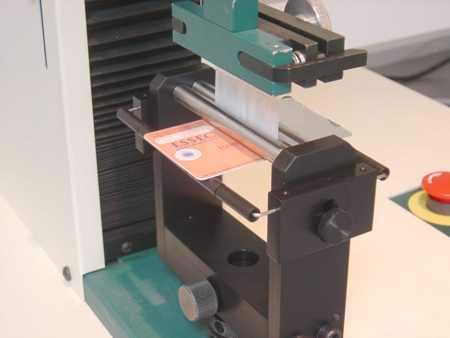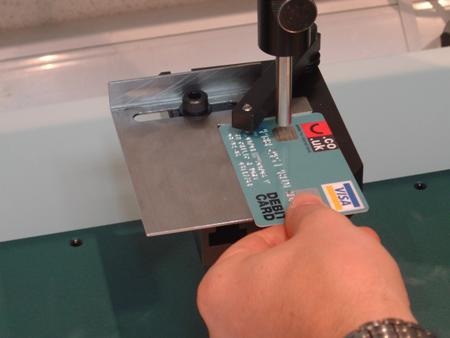Smart card is one of the many smart devices being used in this smart world. These smart devices are gaining momentum with proximity readers because of their increasing application in healthcare informatics, E-commerce, credit and debit cards issued by banks, and mobile SIM cards.
Their use as personnel identification card has now extended from industrial/commercial purposes into personal use, such as protecting digital content, home entry, retail loyalty programs, auto start cars and recall of personal settings, to name a few.
Testing Physical Strength of Smart Cards
Physical strength is one of the key characteristics given attention by smart card manufacturers across the world. With the help of H5K or H10K testing machine from Tinius Olsen, manufacturers can thoroughly analyze the physical strength of their smart cards.
Using the Tinius Olsen testing machines, manufacturers can perform many different physical strength tests on smart cards, including ‘Chip’ to card bond strength, peel, tear and bend/flex. The tests performed meet the specification of the international standard ISO-IEC 10373-3.

Advantages of Tinius Olsen Testing Machines

With test specific grips HT55/S460/S997, a Tinius Olsen testing machine clasps the smart card and applies test forces to perform either a destruction test to identify the maximum strength capability of the smart card, or a cyclic test, which is non-destructive but repeatedly loaded, to determine its performance.
Using HORIZON, the test and analysis software from Tinius Olsen, smart card manufacturers and users can configure Pass/Fail limits for testing each parameter. The system automatically performs smart card performance tests against these limits and records performance.

This information has been sourced, reviewed and adapted from materials provided by Tinius Olsen.
For more information on this source, please visit Tinius Olsen.